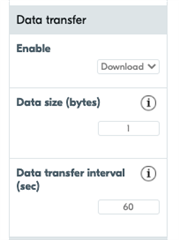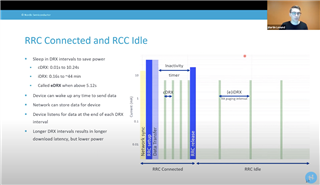Hi, I'm looking to develop a GPS tracker over LTE-M/NB-IOT using nRF9160. The user needs to be able to reach the device to check its location on demand (20s delay is OK). Product size should be small, likely 100mAh LiPo battery. I'm hoping for battery life of months - 1 year.
Do I understand correctly that since the device needs to be reachable at all times, PSM is out of the question?
I tried using the online power profiler with DRX modes (20s iDRX interval). The other variables don't seem to make a big difference. Comes out to 0.15mA. On a 110mAh battery, that gives me about 30 days. Would you expect a on-demand GPS tracker on a small battery to last 30 days? Or is something misconfigured/misunderstood?




